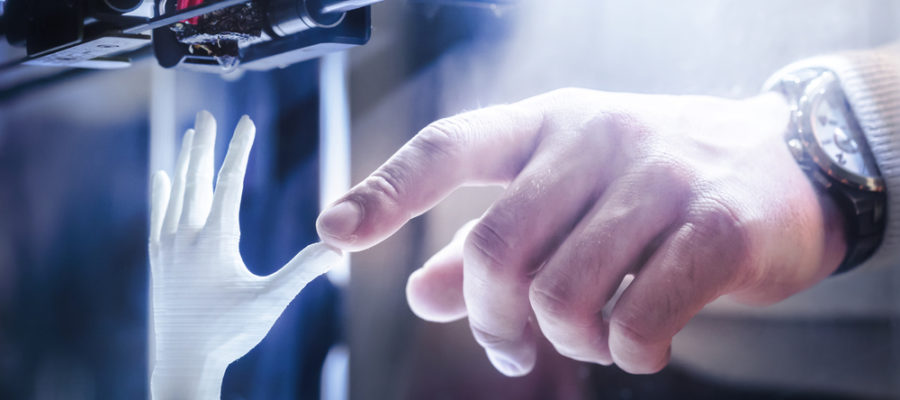Anyone who doesn’t like change had it good there for a few decades in manufacturing. Other than robotics and just-in-time (JIT) manufacturing, there were few major transformations in manufacturing during the last half of the 20th century. But, if manufacturing processes have changed little recently, current and future manufacturing is about to make up for it.
While advanced manufacturing technologies like robotics, artificial intelligence (AI) and the internet of things (IoT) are touted as harbingers of the fourth industrial revolution, none has more of an impact than 3D printing on manufacturing operations and the overall manufacturing sector.
6 Ways That 3D Printing is Transforming the Future of Manufacturing
Not only is 3D printing transforming the future of manufacturing by itself, it works hand in hand with other technologies to bring about the new revolution in manufacturing.
- Accelerating Product Design and Product Development – This may be where the full impact of 3D printing was first felt in the manufacturing process. It certainly is the area where it is felt most now. Coupled with technologies like 3D modeling, 3D printing has ushered in an unprecedented era of rapid prototyping that reduces most designers’ and manufacturers’ time-to-market to a fraction of what it once was.
- Increased Production Flexibility – The retooling downtime that has traditionally been a symptom of switching from one manufacturing process to another prevented the switch from happening in many cases. In its place, 3D printing now means that entire plants don’t necessarily need to be devoted to producing the same product or part for years on end.
In fact, it’s the complete opposite. Any manufacturing process, anywhere, can be “retooled” with virtually no downtime.
Throw IoT and cloud computing into the mix and you can connect and reconfigure machines across an entire facility, or around the world. - Product Customization – This used to be the domain of only the largest manufacturers in the world; those whose buying power made it possible to demand customized and/or uniquely specified parts, products and assemblies in their supply chain. Easier product customization through 3D printing not only reduces the manufacturer’s costs of product customization, but it also revolutionizes a long-held dynamic of manufacturing. Where “mass production” and “custom products” were once polar opposites, 3D printing allows for “mass custom production”.
- Minimizing Demo Product Costs – The costs of manufacturing demo products are slashed by 3D printing because the massive gap between limited production runs and full production is virtually eliminated. Perhaps best of all, you can rely on the fact that your demo products are, indeed, precisely the same as those that come out of your finished production run.
- Optimizing the Supply Chain – In addition to playing its role in supply chain automation, 3D printing helps you better manage spare parts inventory. The first benefit it delivers is never having a stock-out at the most critical moment possible. The second is not having to maintain space and manage inventory that will sit on the shelves for months.
- Reduced Materials Costs – 3D printing is also known as additive manufacturing, where raw materials are added until the part or product is completed. More traditional manufacturing processes, like CNC milling, are a subtractive manufacturing process that removes raw materials until the part is completed. Generally, the materials removed during subtractive manufacturing go to waste, which increases your materials costs.
Indeed, when you include far fewer product defects from 3D printing, and its ability to use an assortment of raw materials, 3D printing produces even less waste than most of us realize.
Explore the possibilities of our 3D printing services for your business. If you found this post helpful, check out our recent article about designing flexures with metal 3D printing.
